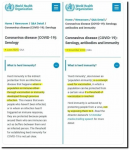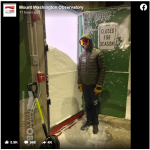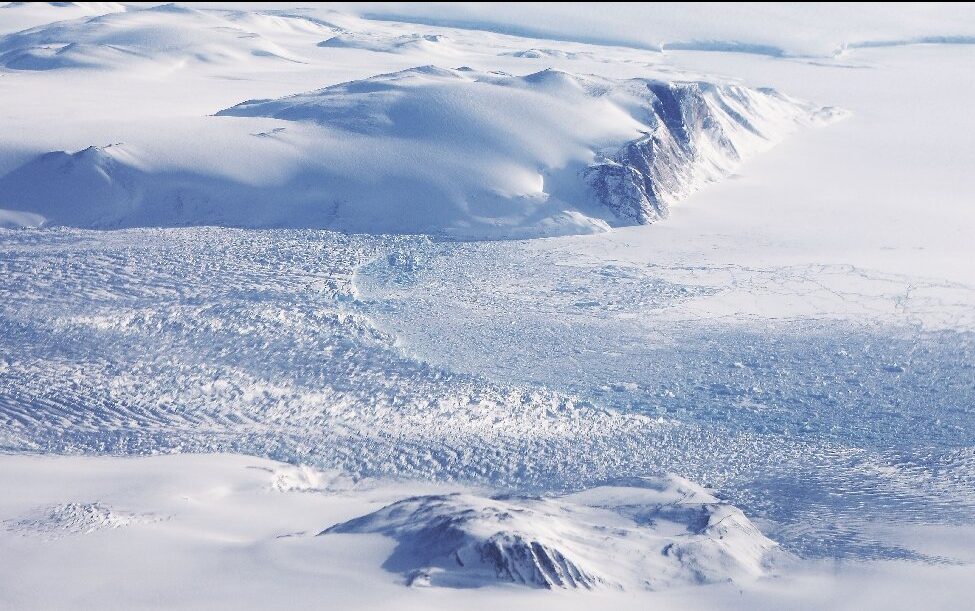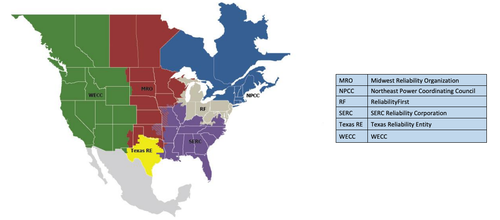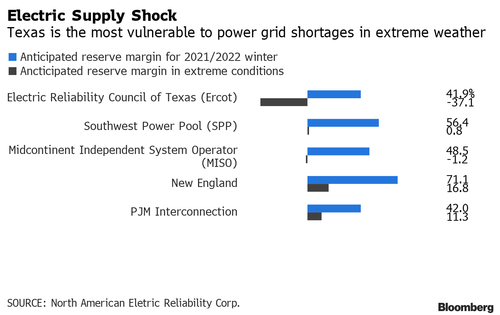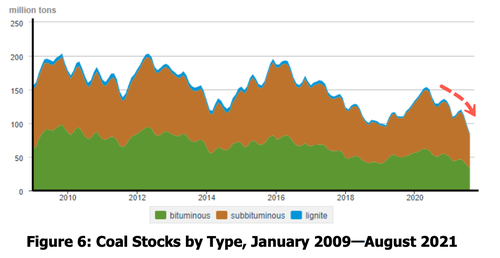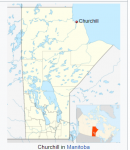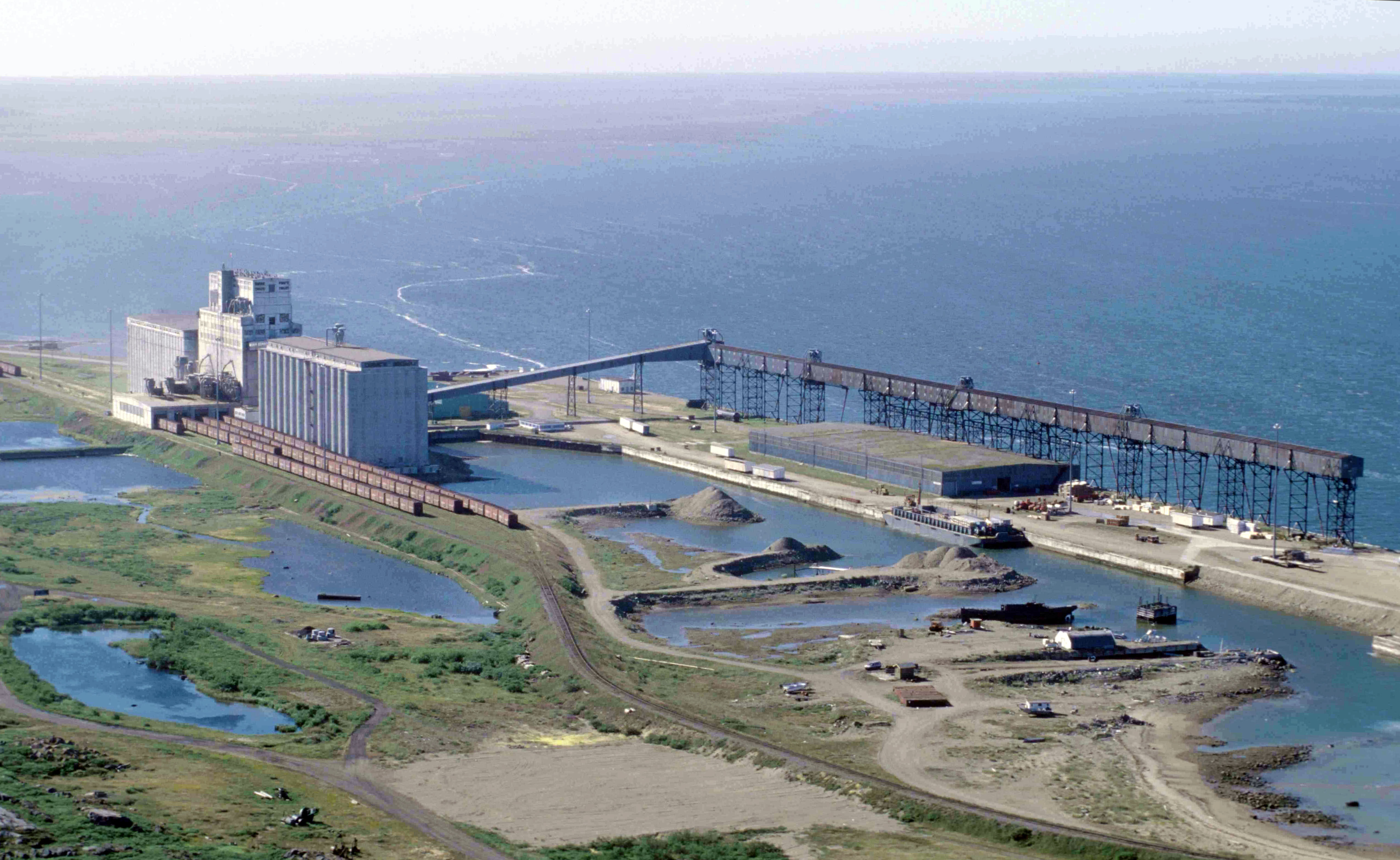How Volcanoes Caused Violent Uprisings in Cleopatra's Egypt
Distant volcanic eruptions disrupted climate, a new study suggests, causing life-giving rains along the Nile to fail.
BY CRAIG WELCH
NATIONAL GEOGRAPHIC
PUBLISHED OCTOBER 17, 2017
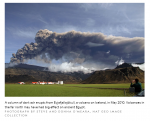
Twenty-three hundred years ago, when Euclid and Archimedes wandered Alexandria, and Cleopatra's family controlled the Egyptian throne, revolts and territorial disputes were common. These uprisings have often been attributed to ethnic tensions over Greek rule—the
Ptolemaic dynasty, of which Cleopatra was the last ruler, was of Macedonian origin.
A new study published in the journal Nature Communications by an unusual team of historians, statisticians, and climate scientists suggests another surprising factor may also have played a role in the region's unrest: “hydroclimatic shocks” triggered by faraway volcanic eruptions.
"There's a school of thought that what really drives history are the decision of great leaders—the kings, the emperors, the popes," says co-author
Francis Ludlow, a climate historian at Trinity College in Dublin, Ireland. "I think part of what this paper shows is that you can't just brush off influences from the environment."
Until the late 19th century, when the first dams were built
on the Nile River, Egyptian farmers were utterly dependent on the annual monsoon. The heavy summer rains it brought to the Ethiopian highlands would push the Nile over its banks downstream, prepping the land for planting wheat and other crops. The Nile floods are so important they’ve been recorded accurately since 622 AD.
Ludlow and his colleagues have found that massive volcanic eruptions, whose fallout is recorded in ice cores from Greenland and Antarctica, are associated with failures of the Nile floods. The team’s climate modeling indicates that the clouds of sulfurous gases from the eruptions not only cool the Earth, by reflecting sunlight back toward space, but also cause a drop in tropical monsoon rainfall, sometimes for years.
Systematic flood records hadn’t yet begun to be kept in the
Ptolemaic period, which extended from 305 B.C. to Cleopatra's death in 30 B.C. But written records make it one of ancient Egypt's most richly documented periods, with the
Rosetta Stone detailing priestly proclamations, and lengthy notes on papyrus confirming wars, uprisings, land transfers, and family squabbles.
The unrest reflected in those written records can be linked to the eruptions recorded in the ice cores, the researchers find.
In this region, "once you go in a few kilometers from the coast, there is no rainfall— you're effectively in Saharan territory," Ludlow says. "When there's not a sufficient flood, you get food insecurity. People start to abandon land. They migrate to urban areas seeking food. That increases tensions, food riots. And all of this you can trace."
An Eruptive Period
The research was the brainchild of
Joe Manning, a Yale University history professor, and Ludlow. Manning, a mountaineer and rock climber, was interested in paleoclimatology and started hosting informal gatherings of historians and climate experts. One evening, after a few glasses of wine, Manning and Ludlow, who was then also at Yale, started talking about volcanoes.
Ludlow opened his computer and showed Manning data from recent ice cores. Those data allow scientists to peg the dates of major eruptions almost to the year, going back 2,300 years.
"I thought, 'some of those spikes look awfully familiar,'" recalls Manning, the study's lead author and an expert in the Ptolemaic dynasty.
A bas relief on the Temple of Hathor, near Quena, shows Cleopatra with her brother Caesarion and their child.
Volcanic eruptions may have hastened the end of Cleopatra's reign—the last of the three-century long Ptolemaic dynasty.
PHOTOGRAPH BY GEORGE STEINMETZ, NAT GEO IMAGE COLLECTION
The planet during the last century has largely escaped significant eruptions. But explosions on the scale of the 1991 Mount Pinatubo disaster—the biggest in modern times—sometimes occurred two or three times a decade during the Ptolemaic period. Manning recognized some of the dates as periods of important uprisings.
After further research, the team showed that internal uprisings repeatedly came in the wake of these eruptions, sometimes peaking the second year. The authors suspect some of the lag time could reflect short-term coping efforts, such as Cleopatra’s release of stored grain after two eruptions in 46 and 44 B.C.
Interestingly, the researchers didn't find any link between eruptions and the start of wars—but they did see a correlation between eruptions and wars ending.
For example, 200 years before Cleopatra's reign, during one of the many Syrian wars between Egypt and the Seleukid Empire, Ptolemy III's army had advanced all the way to Babylon on the Euphrates. Writings from one Roman historian state that Ptolemy was then abruptly called home. Another papyrus claims he returned to quell domestic sedition, which also happened to coincide with two major eruptions.
"This seems to be the only credible explanation for why he would abandon such an incredibly successful military campaign," Ludlow says.
The scientists are quick to say they aren't suggesting the actions of an entire Egyptian dynasty were driven even largely by distant volcanoes. But, they argue, it's hard to ignore the likelihood that volcanic eruptions were at least a significant contributing factor.
"When you see a shock to the river—no flooding for two to three years in a row—you suddenly see a lot of responses," says Manning. "Sometimes we think we're seeing fear and panic."
Says Ludlow, "We're very conscious that there are indeed other things that drive a complex event like a revolt. But we were able to systematically show that in almost every case—way more than just chance—revolts seemed to follow on the tail of eruptions."
A Faraway Trigger
Scientists don't know precisely where all the eruptions occurred, whether in Alaska, Russia, the tropics, Iceland or someplace else entirely. The climate models suggest that volcanoes in the far northern hemisphere may have the largest impact on Egypt, because they tend to push the tropical rain belt to the south, reducing rains in the headwaters of the Nile.
Residents of Alexandria would not have known, of course, what was happening, but one ancient text refers to the sun being obscured, the Earth being scorched and a lack of flooding and seeds. "My reading of that is that it's describing a volcano,"
Manning says, even though "they don't understand that a volcano is erupting in Alaska and perturbing rainfall in the Ethiopian highlands."
Repeated failures of the Nile floods may have forced families to sell land, because poor yields left them unable to pay taxes. One revolt, following an eruption in 209 B.C., came amid writings proclaiming that "most of the farmers were killed and the land has gone dry."
In fact, by the time of Cleopatra's defeat at the hands of the Roman navy, historical records show that Egypt had been hit by repeated lack of floods and faced "famine, plague, inflation, administrative corruption, rural depopulation, migration and land abandonment." While many factors contributed to the Ptolemaic dynasty’s decline, the authors note that Cleopatra’s death came on the heels of the third largest volcanic eruption of the last 2,500 years.
The two centuries that followed—during which the Roman empire rose to its great heights—were a quiet period for the planet’s volcanoes. The most recent century has also been relatively calm. That raises questions about how well a world in which 70 percent of the population
still depends on monsoon rains may be prepared for the next major volcanic eruption.
The new research also sheds light on another current debate—about proposals for “geoengineering” solutions to counteract global warming. One such solution would be
essentially to mimic volcanic eruptions by shooting aerosols into the sky to block the sun.
The news from the Ptolemaic period suggests that the unintended consequences of that strategy might be severe.
A Guatemalan town remakes itself in Indiana
How Volcanoes Caused Violent Uprisings in Cleopatra's Egypt (nationalgeographic.com)



